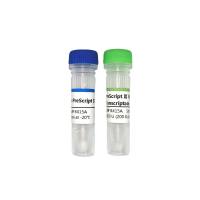β-Carotene is the major precursor of vitamin A (retinol) and is found mainly in fruits and vegetables. In humans, 30–40% of β-carotene is absorbed via the intestine as an intact molecule and then incorporated into chylomicrons; however, the majority of β-carotene (60–70%) is metabolized to retinyl esters and transported by the lymph (1 ). Indeed, in the enterocyte of the small intestine, β-carotene 15,15′-dioxygenase (EC 1.13.11.21), acytosolic enzyme, cleaves the central double bond (15-15′) of the β-carotene molecule to produce two molecules of retinal in the presence of oxygen (2,3 ). Retinal is a direct precursor of both: 1) retinol by reduction through short-chain dehydrogenase/ reductase activity, and 2) retinoic acid by irreversible oxidation through aldehyde dehydrogenase activity or cytochrome P450 activity (4 ). Thus, in mammals, β-carotene cleavage yielding retinal is the first and requisite step to produce retinoids, which are involved in many essential biological functions, including vision, reproduction, cell differentiation, gene expression, and general maintenance (5 ). Numerous methods have been used to determine β-carotene 15,15′-dioxygenase activity in mammalian tissues, these techniques employed radioactive β-carotene (2,3,6,7 ), thin-layer chromatography (TLC) (2 ), alumina column chromatography (3 ), and more recently high-performance liquid chromatography (HPLC) (6,7 ). However, these procedures, which often required vigorous large volume solvent extractions followed by evaporations






